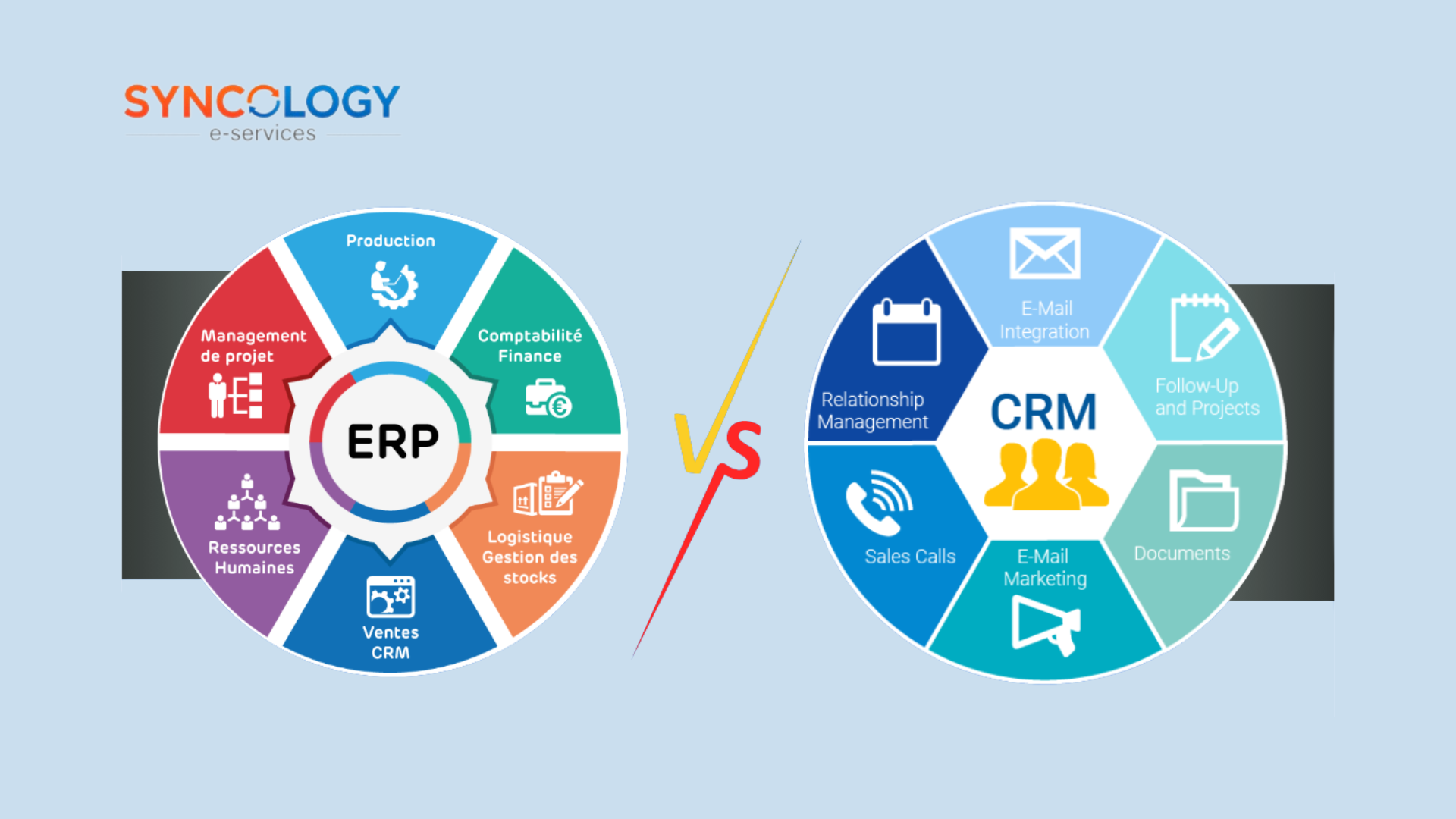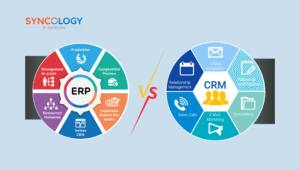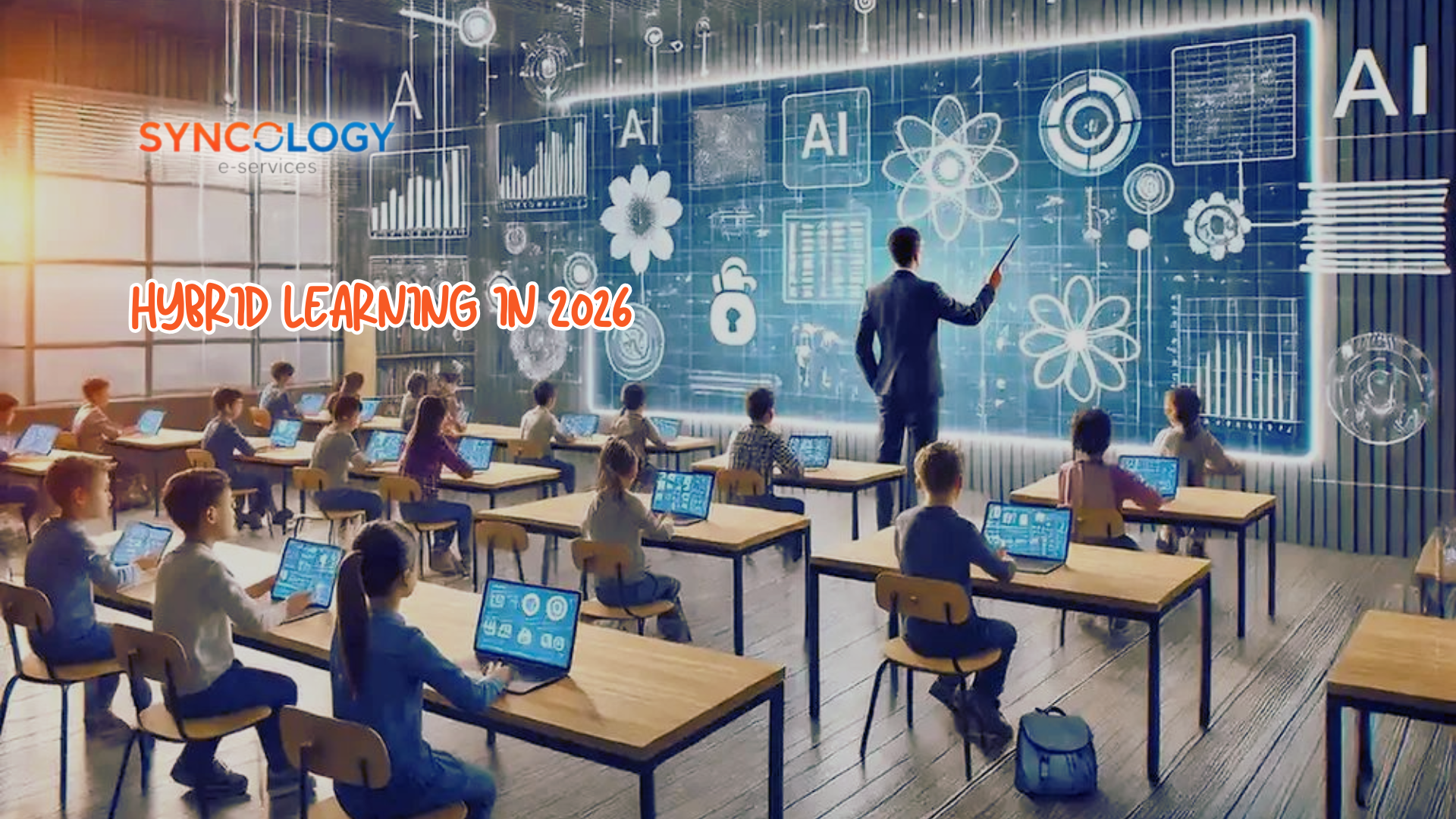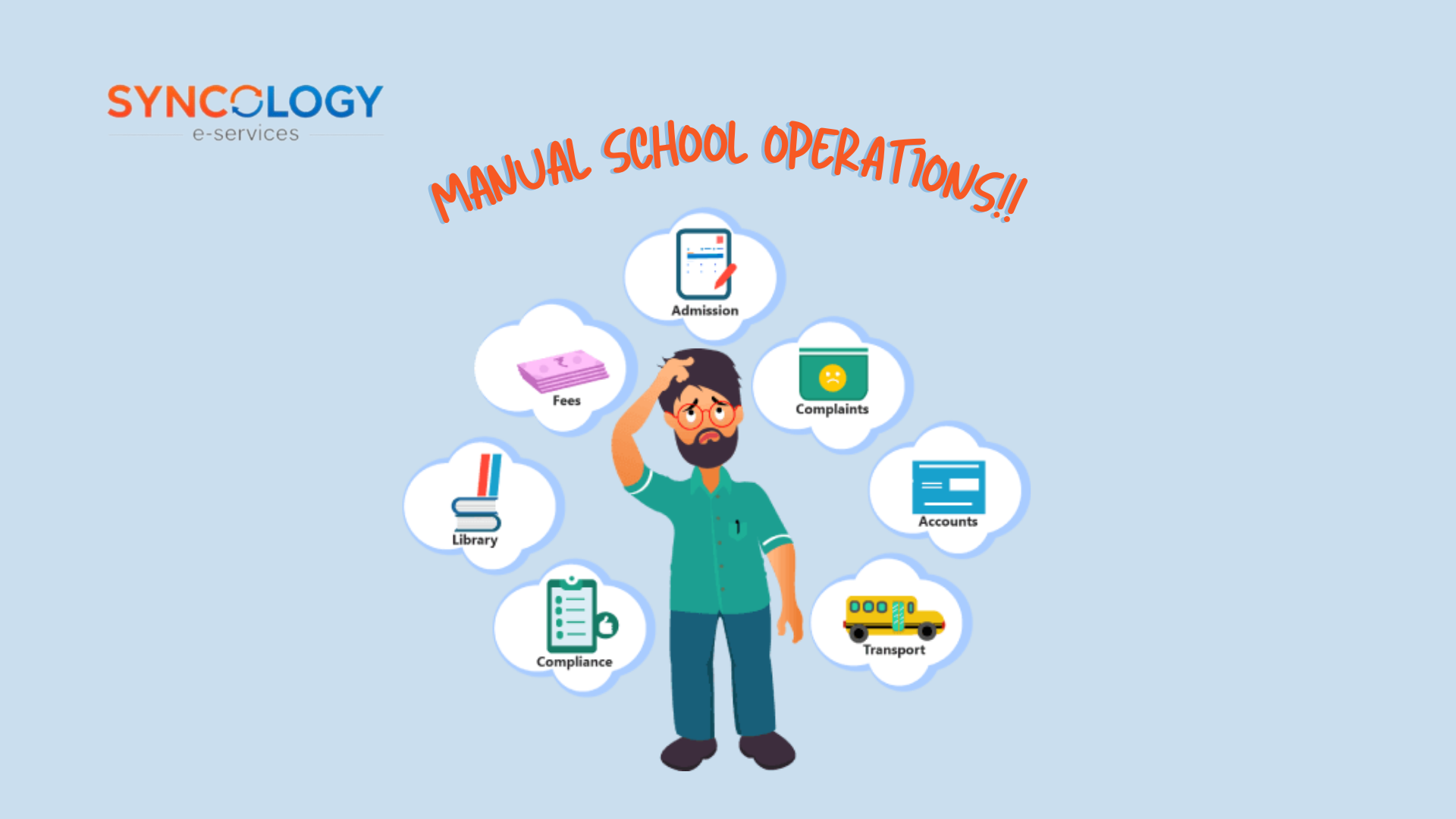
ERP or CRM for Schools: Which Helps You Manage Better?
The decision between ERP or CRM for Schools is a strategic core in today’s digital schooling environment. Schools that pick the right system for their core school management challenges gain smoother operations, better communication, and data-driven growth. But the wrong choice can lead to silos, duplication, and frustrated staff.
In this article, we’ll explore what ERP and CRM for Schools mean, compare their strengths and roles, and show when a school needs one or both. And you’ll understand how EduSync’s integrated platform blends ERP, CRM, LMS, and more to offer smart school management.
Table of Contents:
- Understanding ERP or CRM for Schools: What Each Means
- Strengths & Use Cases of ERP for Schools
- Strengths & Use Cases of CRM for Schools
- ERP or CRM for Schools: When Do You Need Which?
- ERP or CRM for Schools: Brief Comparison
- How EduSync Merges ERP and CRM for Seamless School Management
- Challenges & Best Practices for ERP or CRM for Schools
- The Future of ERP and CRM for Schools
- Conclusion: Which Helps You Manage Better, ERP or CRM for Schools?
Understanding ERP or CRM for Schools: What Each Means
What Is ERP for Schools?
An ERP for Schools (Educational Resource Planning) is a system designed to consolidate internal administrative and academic operations into one suite, from student records, accounting, HR, scheduling, inventory, transport, payroll, and more. In education, ERP is the backbone that powers daily operations behind the scenes. ERP ensures data consistency and supports process automation across departments.
What Is CRM for Schools?
CRM for Schools (Customer Relationship Management tailored to education) focuses outward, managing relationships and communications with prospective students, parents, and communities. It handles inquiry capture, lead nurturing, parent campaigns, follow-ups, and engagement metrics.
CRM helps schools control their growth pipeline, brand, and outreach efforts.
ERP or CRM for Schools: Core Distinction
The fundamental difference is one of orientation:
- ERP → Internal operations, process efficiency, resource planning.
- CRM → External relationships, marketing, communication, and enrollment growth.
Yet they are complementary, not competitive. In fact, integrating ERP and CRM yields the best results for many institutions.
Strengths & Use Cases of ERP for Schools
When your primary challenges are administrative overhead, data silos, or disintegrated systems, ERP is your tool of choice.
Key strengths include:
- Unified School Management System: Centralizes all data, from student profiles, attendance, fees, exam results, to HR and payroll, under one umbrella.
- Process Automation: Automates repetitive operations such as fee invoicing, payroll, schedule creation, and inventory management.
- Data Integrity & Efficiency: Reduces duplication, errors, and manual reconciliation by maintaining a “single source of truth.”
- Branch Scalability: For multi-branch schools, ERP ensures consistency across locations, with shared modules and governance.
- Integrated with LMS & Infrastructure: ERP can be linked to learning systems, hardware infrastructure (attendance systems, networks), and external platforms.
- Reporting & Analytics: Provides real-time dashboards for finance, operational, and academic KPIs.
In a school environment, ERP is the engine that ensures that operations run smoothly across all departments.
Strengths & Use Cases of CRM for Schools
When growth, enrollment, parent engagement, and brand visibility become priorities, CRM comes to the fore.
CRM excels at:
- Lead & Inquiry Management: Capturing prospective student interest from websites, social media, fairs, and nurturing them to enrollment.
- Communication & Campaigns: Automating email, SMS, and marketing outreach to parents, alumni, and communities.
- Parent & Student Engagement: Maintaining conversation history, feedback loops, event invitations, and timely notifications.
- Admissions Funnel Tracking: Understanding drop-offs, conversion rates, and improving the admissions process.
- Personalization & Segmentation: Tailoring messages to parent demographics, student segments, or programs.
- Data for Growth Decisions: Reports on which communications converted, which campaigns worked, and which lead sources are strongest.
In summary, CRM helps you build relationships, turn interest into enrollment, and retain trust.
ERP or CRM for Schools: When Do You Need Which?
Choose ERP When:
- Your school struggles with manual processes, duplicate data, or departmental silos.
- You want centralized control of finance, HR, student records, and day-to-day operations.
- You are scaling branches and need operational consistency.
Choose CRM When:
- Your challenge is low enrollment, poor lead conversion, or weak parent communication.
- You need better marketing, inquiry tracking, and relationship management to grow.
- You want to engage stakeholders more personally and systematically.
But, Most Schools Need Both
Many modern schools adopt both ERP and CRM, because they solve distinct but connected problems. When integrated, they deliver a unified platform to manage operations and relationships. The CRM handles the front-facing growth, and the ERP powers the internal engine.
Integration brings benefits: Real-time synchronized data, fewer silos, improved collaboration, and enhanced decision-making.
ERP or CRM for Schools: Brief Comparison
To make the distinction clearer, here’s a brief comparison between ERP and CRM systems in the educational context. This table highlights how each system supports school operations differently.
|
Feature / Need |
ERP for Schools |
CRM for Schools |
|
Focus |
Internal operations, administration, and resources |
External relations, marketing, parent/student engagement |
|
Users |
Principals, Operations, Admin, Finance, HR |
Admissions, Marketing, Parent Relations |
|
Key Data |
Attendance, Fees, Payroll, Grades |
Inquiries, Campaigns, Communication logs |
| Purpose | Streamline operations, data integrity |
Drive enrollment, nurture relationships |
|
Strength |
Uniform control, deep integration |
Flexibility, personalization, outreach |
| Ideal when |
You need stability and process automation |
You need growth and stakeholder communication |
How EduSync Merges ERP and CRM for Seamless School Management
EduSync from Syncology understands that schools shouldn’t pick one or the other. Instead, its architecture blends ERP and CRM functionalities into one cohesive ecosystem. Here’s how it does that:
- Unified Database & Single Login: No separate silos; data flows between CRM and ERP modules automatically.
- Inquiry to Enrollment Flow: Leads captured in CRM become student records in ERP with no manual handoff.
- 360° View for School Leaders: Dashboards show both operational health and engagement effectiveness.
- AI-Powered Analytics: Combined datasets reveal patterns you can’t see in isolated systems.
- Integration with LMS and Infrastructure: EduSync connects learning, administration, communications, and hardware under one umbrella.
With EduSync, schools don’t have to compromise; they get the benefits of both ERP and CRM, optimized for the education ecosystem.
Challenges & Best Practices for ERP or CRM for Schools
Transitioning to ERP or CRM (or both) isn’t trivial. Here are common challenges and strategies to succeed:
Challenges
- Change Management & Adoption: Staff resistance or lack of training can derail success.
- Data Migration & Cleanliness: Poor or fragmented legacy data complicates setups.
- Over-customization: Too much tailoring can make upgrades difficult.
- Integration Complexity: Connecting systems (ERP, LMS, CRM) requires thoughtful planning.
Best Practices
- Start a Pilot: Begin with one department or branch to test workflows.
- Define Objectives Clearly: Know whether you’re focusing on efficiency, growth, or both.
- Train & Incentivize Users: Empower power users and champions in the school.
- Use Phased Rollout: Gradually add modules rather than flipping everything at once.
- Monitor Metrics Continuously: Track adoption, conversion, error rates, and ROI.
The Future of ERP and CRM for Schools
The future lies in intelligent unified systems. Some trends:
- AI-enhanced CRM/ERP workflows: Predictive lead scoring, automated responses, anomaly detection in operations.
- Deeper LMS integration: Learning, operations, and relationship data converge for holistic student insights.
- Mobile-first platforms: Parent apps, teacher dashboards, and student modules in mobile form.
- Adaptive systems: The system adapts based on usage patterns, priorities, and growth trajectories.
In essence, schools that adopt a harmonized ERP & CRM solution will outpace those that cling to isolated tools.
Conclusion: Which Helps You Manage Better, ERP or CRM for Schools?
Choosing between ERP or CRM for Schools is less about picking one over the other and more about understanding priorities. An ERP system for schools is your backbone, handling internal operations, data consistency, scalability, and compliance. CRM for schools is your front-line, managing growth, engagement, and relationships.
A truly smart school management strategy uses both, integrated seamlessly. With platforms like EduSync, institutions can gain both operational efficiency and engagement power in one solution, rather than juggling multiple systems.
If your school is ready to streamline operations and elevate enrollment and communication, exploring an integrated ERP-CRM platform like EduSync is the path forward.




